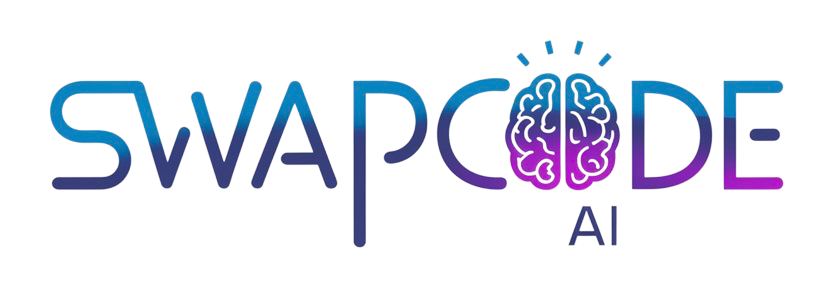Code to Word Converter - NATO Phonetic Alphabet
Convert text to NATO phonetic alphabet instantly. Free phonetic code converter for clear communication in aviation, military, and emergency services.
Enter any text, letters, or numbers to convert to phonetic alphabet
Complete NATO Phonetic Alphabet
Letters
Numbers
What is the NATO Phonetic Alphabet?
The NATO phonetic alphabet, officially known as the International Radiotelephony Spelling Alphabet, is a standardized set of code words used to spell out letters and numbers in voice communications. Developed in the 1950s and adopted by NATO and the International Civil Aviation Organization (ICAO), it ensures clear communication in noisy or poor-quality audio environments.
Each letter is represented by a carefully chosen word that is phonetically distinct and easily recognizable across different languages and accents. For example, instead of saying "B" which might be confused with "D," "E," or "P," you say "Bravo," which is unmistakable.
Where is the Phonetic Alphabet Used?
Aviation
Pilots and air traffic controllers use the phonetic alphabet to communicate call signs, flight numbers, and navigation waypoints clearly. Example: "Flight BA215" is spoken as "Bravo Alpha Two One Five."
Military & Defense
Military personnel worldwide use NATO phonetics for coordinates, unit identifications, and tactical communications. It's essential for multinational operations where clear communication can save lives.
Emergency Services
Police, fire departments, and EMS use phonetic alphabet to spell names, addresses, and license plates accurately during emergencies when clarity is critical.
Maritime Navigation
Ships and coast guards use the phonetic alphabet for vessel identification, position reporting, and distress communications in often harsh acoustic conditions at sea.
Customer Service
Call centers and support teams use phonetic spelling when confirming names, email addresses, order numbers, and reference codes to avoid costly mistakes.
Amateur Radio
Ham radio operators globally use phonetics for call signs and QSO information, especially during contests or when signals are weak or interference is high.
Tips for Using the Phonetic Alphabet
Speak Clearly and at a Moderate Pace
Don't rush. Pronounce each phonetic word clearly and distinctly. Pause briefly between words to give the listener time to process.
Use Standard Pronunciations
Follow standard phonetic pronunciations. For numbers, use "Fife" (not "five"), "Niner" (not "nine"), and "Tree" (not "three") to prevent confusion with similar-sounding numbers.
Confirm Critical Information
For important data like coordinates or identification codes, have the recipient read back the information using phonetics to verify accuracy.
Practice Makes Perfect
Regular practice helps you recall phonetic words quickly under pressure. Try spelling your name, address, and common words until it becomes second nature.
Frequently Asked Questions
What is the NATO phonetic alphabet?
The NATO phonetic alphabet is a spelling alphabet used to spell out words letter by letter using standardized code words. Each letter is assigned a specific word (A = Alpha, B = Bravo, etc.) to ensure clear communication, especially in noisy environments or over radio.
Why is the phonetic alphabet used?
The phonetic alphabet prevents miscommunication by using distinct words that are easily distinguishable even in poor audio conditions. It's essential in aviation, military, emergency services, and any situation where accurate spelling is critical. For example, "B" and "D" sound similar, but "Bravo" and "Delta" don't.
Is this the same as the military alphabet?
Yes, the NATO phonetic alphabet is also known as the military alphabet, ICAO (International Civil Aviation Organization) phonetic alphabet, or radiotelephony spelling alphabet. They all refer to the same standardized system used worldwide.
Do numbers have phonetic codes?
Yes, numbers also have standardized pronunciations in the NATO system. For example: 0 (Zero), 1 (Wun), 2 (Too), 3 (Tree), 4 (Fower), 5 (Fife), 6 (Six), 7 (Seven), 8 (Ait), 9 (Niner). These pronunciations minimize confusion between similar-sounding numbers.
Where is the NATO phonetic alphabet used?
It's used in aviation (air traffic control), maritime navigation, military communications, emergency services (police, fire, EMS), customer service (spelling names, addresses), amateur radio, and any profession requiring clear verbal communication of letters and numbers.
